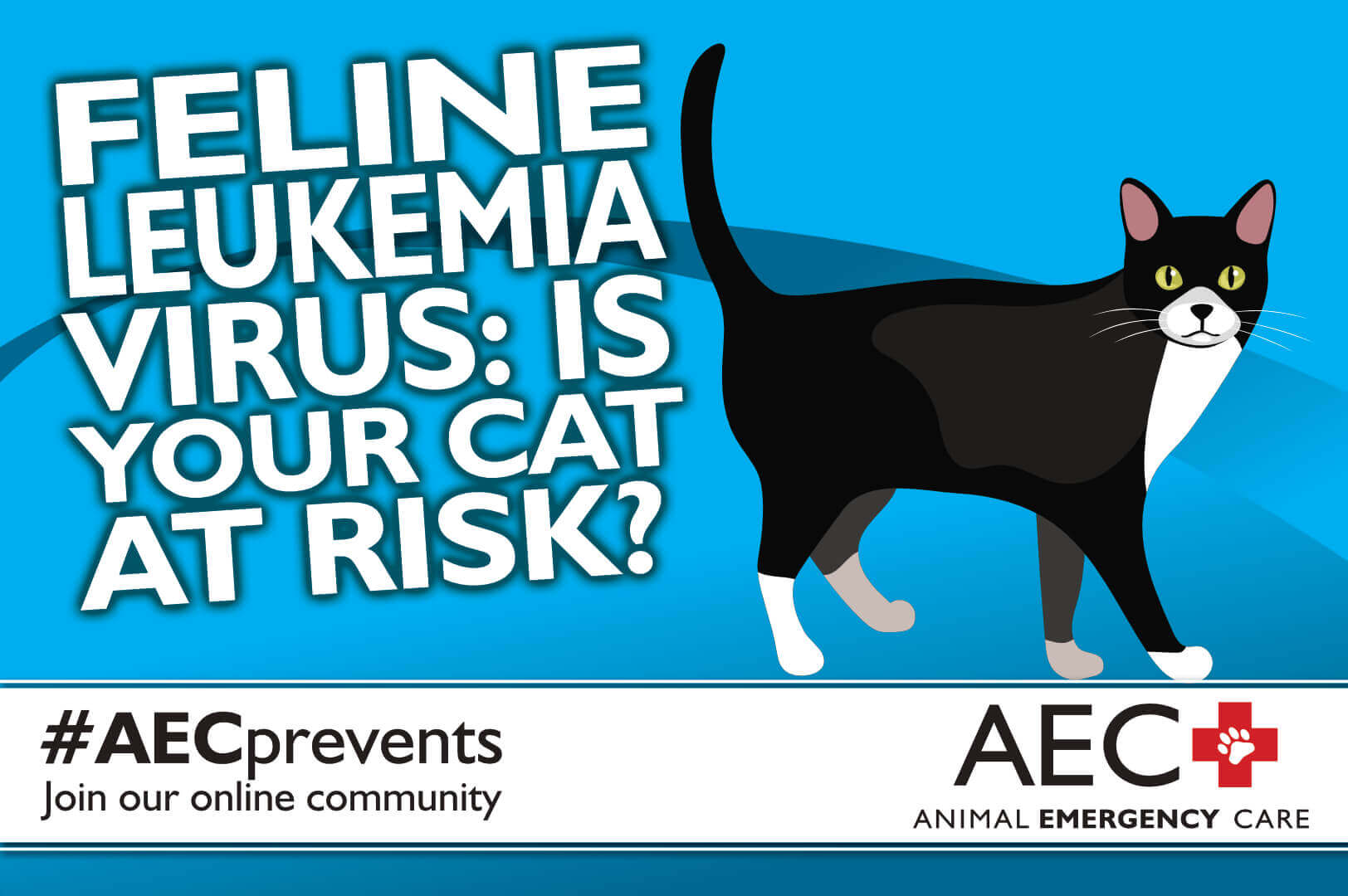Your feline companion’s unique independent nature makes them special, and they may seem an easy responsibility compared with their canine counterparts. However, cats require cozy resting spots, toys, a clean litter box, good nutrition, and regular preventive care visits to ensure they remain healthy into their golden years. Kittens are especially at risk for viral and bacterial infections because their immune system is still developing. Feline leukemia virus (FeLV) is a leading cause of death among cats, and approximately 2% to 3% of all U.S. cats are affected. Our Animal Emergency Care team wants to ensure your pet is protected from this fatal virus, and we discuss signs, treatment, and prevention.
What is feline leukemia in cats?
FeLV is a highly contagious retrovirus that causes more cat deaths than any other organism. Affected cats are at risk for secondary diseases, including anemia, neurologic disorders, reproductive problems, liver disease, mouth inflammation, and a suppressed immune system. FeLV is the most common cause of lymphoma cancer in cats. Young cats, cats who live primarily outdoors, unneutered male cats, and unvaccinated cats who have underlying medical problems are most at risk for contracting FeLV although any cat can be affected. FeLV is easily transmitted through close social contact with an infected cat who can shed the virus through saliva, blood, urine, feces, nasal secretions, and milk. Common transmission methods include:
- Bite wound from an infected cat
- Mutual grooming
- Exposure to an unvaccinated outdoor cat
- Sharing food or water bowls
- Sharing a litter box
- Blood transfusion from an infected cat
- In-utero infection of a fetus from an FeLV-positive mother
- Kittens nursing from an infected mother
- Crowded catteries or shelters with poor ventilation
Feline leukemia signs in cats
Some cats may not show signs after FeLV exposure, and more than 70% resist infection and clear the virus on their own. Cats who appear healthy after FeLV exposure can still spread the virus. Illness signs are highly variable and may not appear for weeks, months, or years following exposure. Signs include:
- Loss of appetite
- Vomiting and diarrhea
- Dull hair coat
- Weight loss
- Pale gums
- Enlarged lymph nodes
- Persistent fever
- Lethargy and weakness
- Inflammation of the gums and mouth (i.e., stomatitis or oral ulcers)
- Seizures or other neurologic disorders
- Difficulty breathing
Diagnosis and treatment of cats with feline leukemia
Your cat needs a veterinary examination if they are showing FeLV infection signs which are similar to many other disease processes. Ensure you inform your veterinarian if your cat has been outdoors, bitten by another cat, or has interacted with a potentially infected kitten or adult cat. FeLV is diagnosed with a simple blood test that takes only a few minutes. Your veterinarian may recommend other diagnostic tests to check for secondary infections or an associated disease including blood tests to evaluate organ function and X-rays to examine your cat’s organ structure.
An FeLV infection has no cure, and most cats will succumb to FeLV-associated illness once infected. However, many infected cats can enjoy a high quality of life for several years with regular veterinary care. FeLV-infected cats are more at risk for secondary bacterial infections and may require antibiotics as well as additional treatments that may include:
- Blood transfusion for anemia
- Chemotherapy for FeLV-associated cancer
- Immunotherapy medication
- Dental extractions and regular dental cleanings
- Intravenous fluid therapy
Payment options for a cat’s feline leukemia treatment
Cats who are diagnosed with FeLV will require life-long veterinary care with regular check-ups to ensure they enjoy a high quality of life. Cats who develop FeLV-associated diseases like cancer may require extended hospital stays for treatment and stabilization which can be expensive. Several financial options are available to cover treatment costs. Consider purchasing a health insurance plan like Trupanion when your cat is young to ensure funds are available for such long-term care. Other options including Care Credit and Scratch Pay are available, and they allow payments to be spread out over longer periods with delayed interest rates in some cases. You can also invest in a pet health savings account to ensure funds are available for your pet’s health care.
Feline leukemia prevention in cats
An FeLV diagnosis can be devastating for cat owners but a vaccine is available for cats who have not previously been exposed to the virus. The American Association of Feline Practitioners recommends that most kittens receive two vaccinations plus a booster at 12 months of age. Your veterinarian will determine if your cat is a good candidate for the FeLV vaccine.
Ensure you bring your newly adopted kitten for a veterinary examination and FeLV testing before introducing them to other feline family members. Several blood tests during your kitten’s first six months may be required to ensure they are FeLV-negative. Other prevention methods include:
- Keeping your cat indoors to prevent exposure
- Scheduling regular veterinary check-ups
- Avoiding contact with unvaccinated cats
- Scheduling twice yearly or more frequent veterinary visits for FeLV-positive cats to manage secondary infections or diseases
- Avoiding bringing new cats into a home with an FeLV-positive cat
Ask your family veterinarian to determine if your cat is a good FeLV vaccination candidate. If your cat shows any FeLV signs after hours bring them to Animal Emergency Care for immediate care. #AECprevents
Sources:
https://veterinarypartner.vin.com/default.aspx?pid=19239&id=4951934


